SUMMARY
This is AI generated summarization, which may have errors. For context, always refer to the full article.
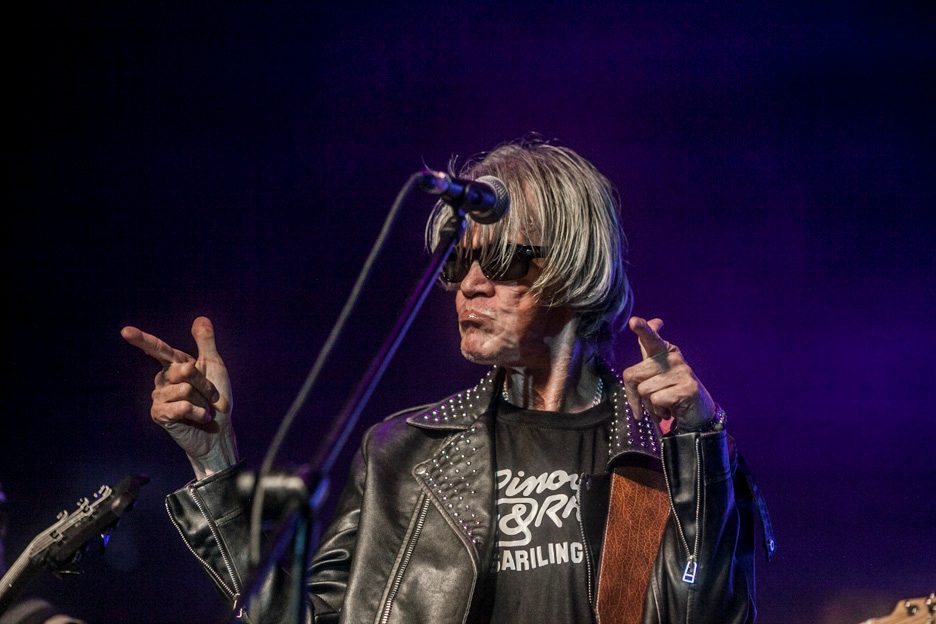
Rumors are rife that one of the members of the legendary 1970s band Juan de la Cruz may be retiring soon. In a video posted online of an interview during a press conference at Balay Kalinaw for the Full Blast Pinoy Super Bands concert, JdlC frontman Joey “Pepe” Smith admitted that it was him; although he said that it would not necessarily be his last concert. As a matter of fact, he will have a big concert of his own in another huge venue in Quezon City next month. Perhaps, he himself will make the announcement there?

But the Super Bands concert that took place on Friday, October 20, at the Cuneta Astrodome had more to it than just Pepe Smith. Aside from front acts Suicidal Genius, Banda ni Kleggy, and reggae rock band The Chonkeys, the concert gathered “legendary and OPM rock icons,” said promoter Rockford Productions.
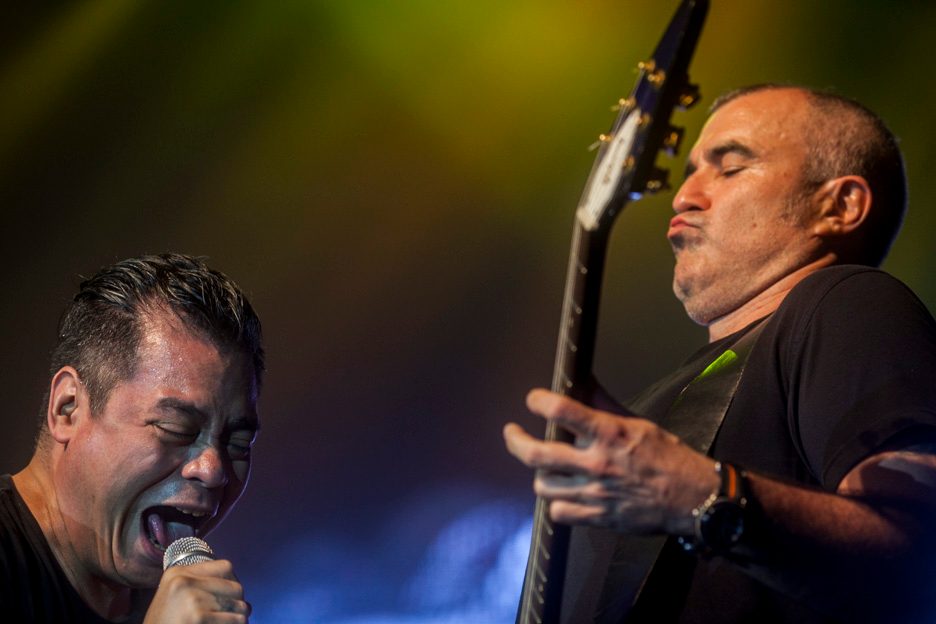
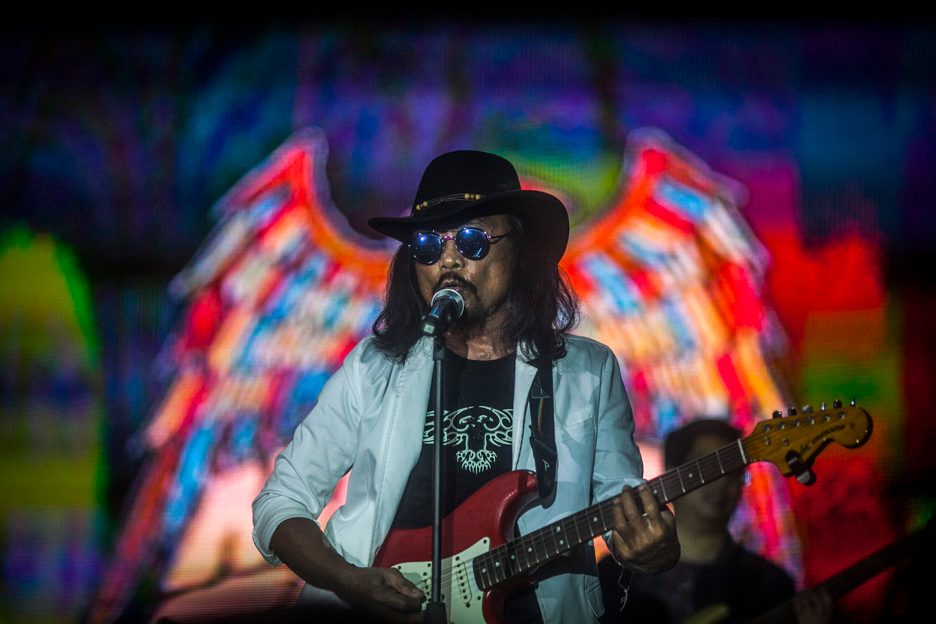
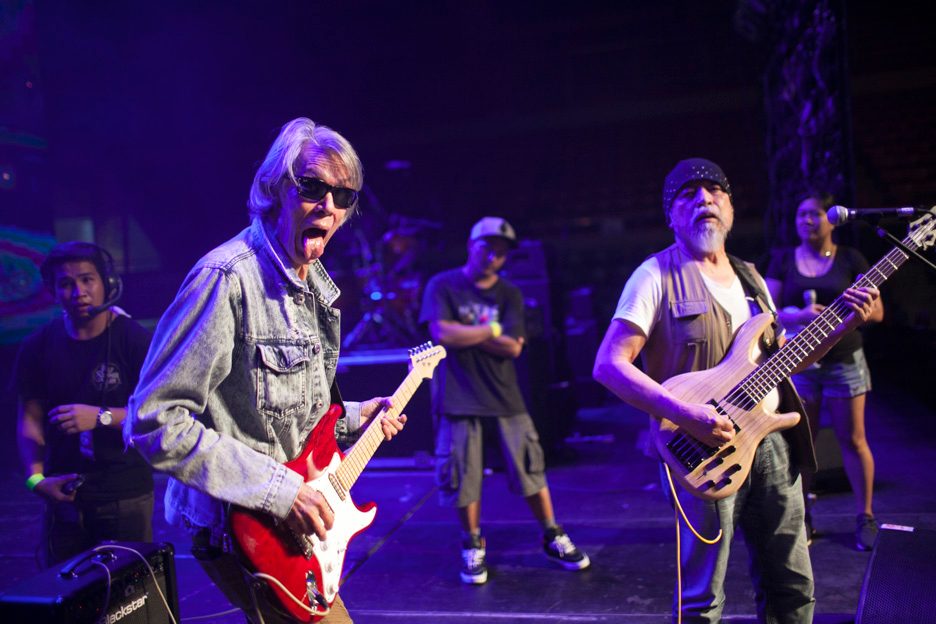
In a statement, organizers also said earlier: “It will be the first and possibly the only time that these bands and music icons from different eras of Pinoy rock are coming together in one major concert. Music fans are in for an epic night of nothing but pure Pinoy rock and roll as music royalty pay tribute and showcase the evolution of Original Pinoy Rock Music through their own respective sets.”
The concert boasted of “the biggest and most iconic names in Pinoy rock music,” including “all-time king and godfather of Pinoy rock and roll Juan de la Cruz Band with its original members Mike Hanopol, Wally Gonzalez, and Pepe Smith performing together after so many years in a big concert arena.”
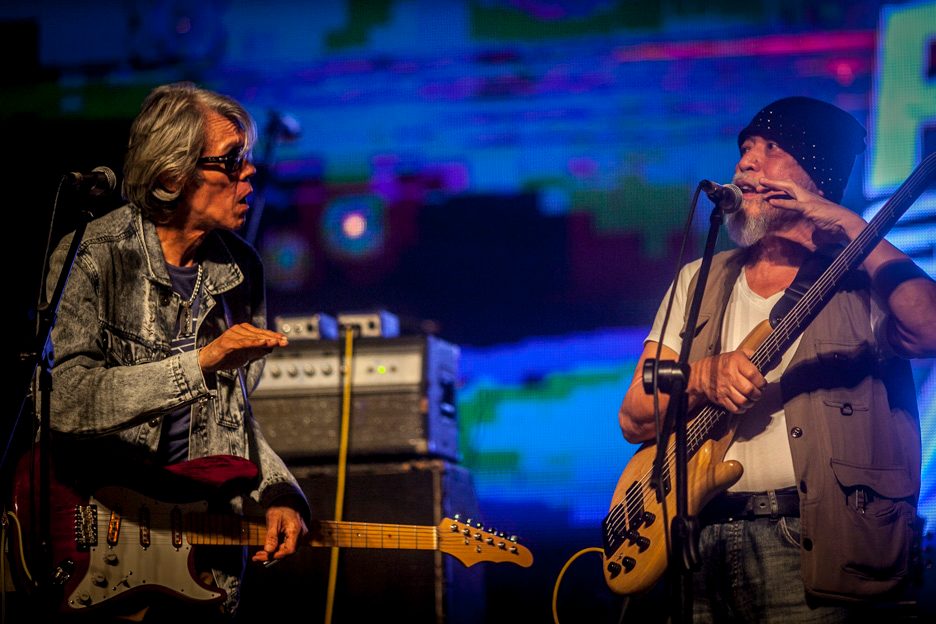
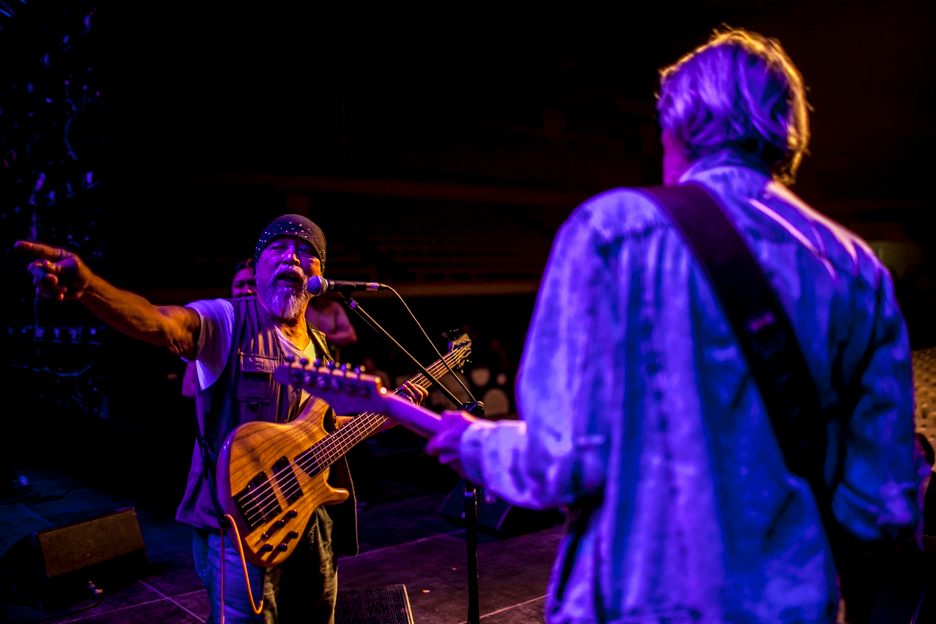
Other performers included “Maria Cafra, folk rock pioneer Lolita Carbon of Asin; early 1980s punk rock group The Wuds; 1990s rock icons Razorback, The Youth, lead vocalists Basti Artadi of Wolfgang and Dong Abay of Yano; as well as Pinoy metal group of the 21st century, Queso.”
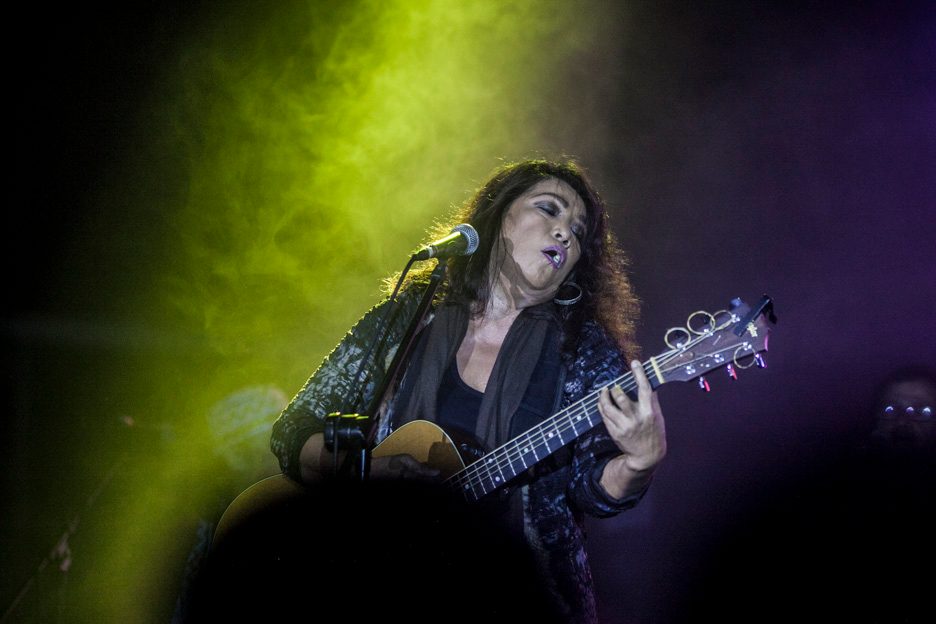
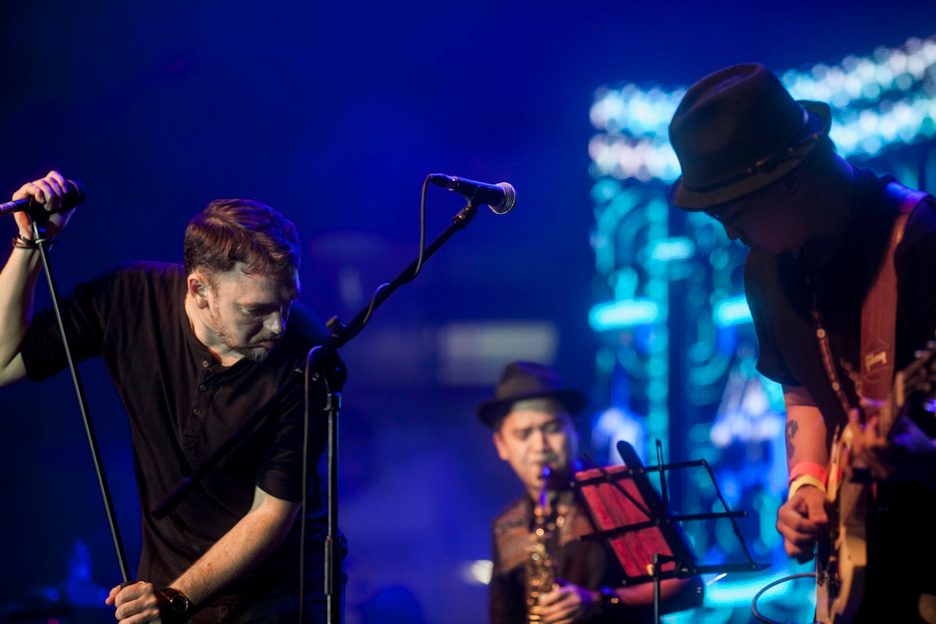
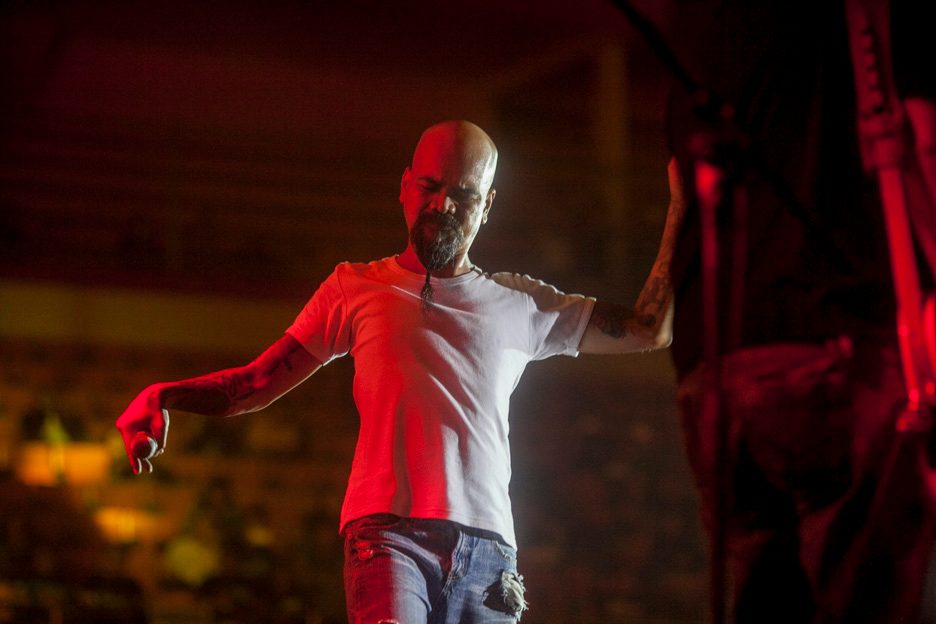
“[I am] excited to play with our idols and fellow ’90s bands,” Razorback guitarist Tirso Ripoll said prior to the concert.
“It’s almost divine being in the presence of the Lords. John Lord. Traci Lords,” quipped Razorback vocalist Kevin Roy.
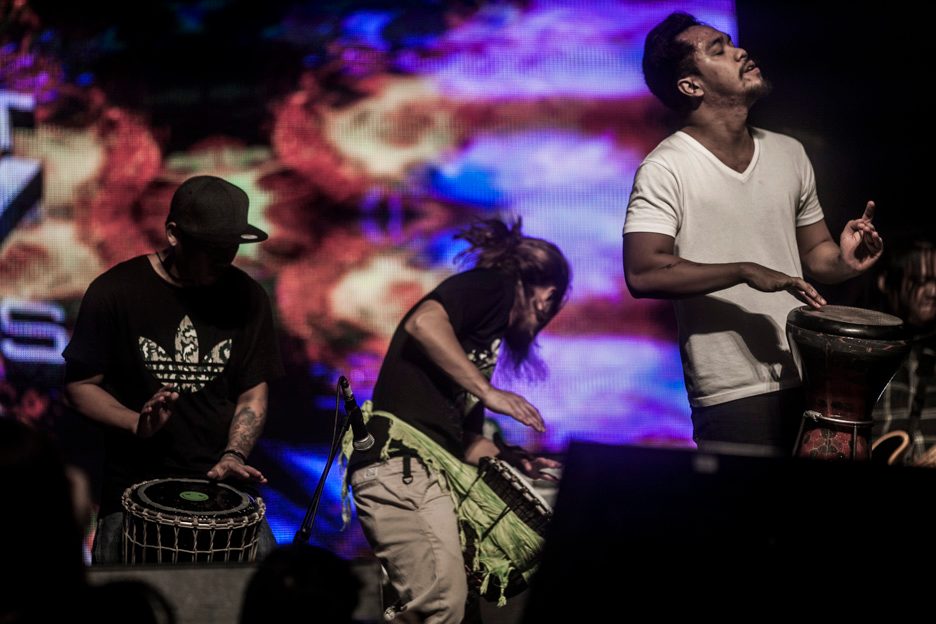
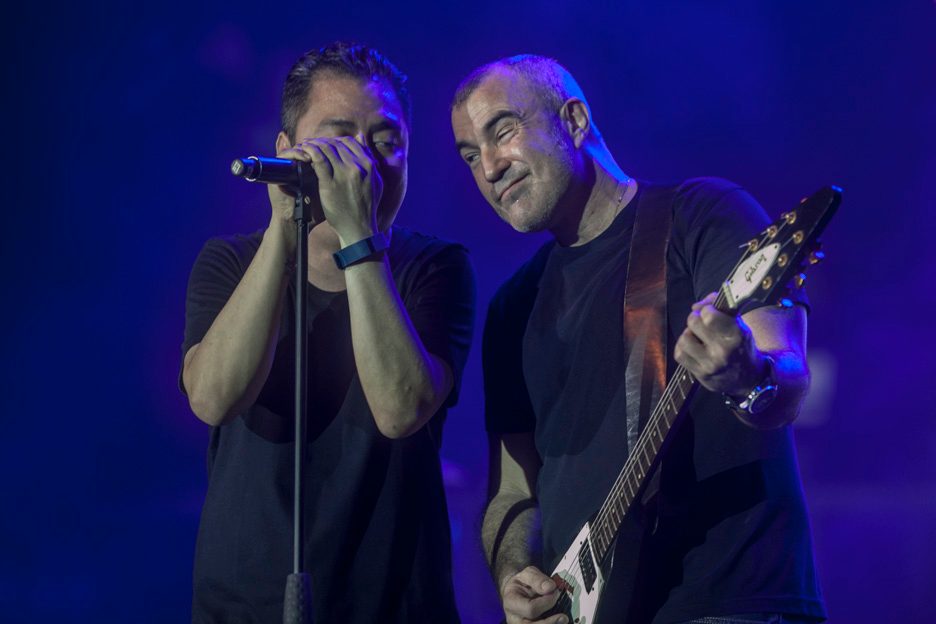
“For us to be included in such a legendary lineup, to be mentioned in the same breath, is such an honor,” said Robert Javier, bassist, composer, and band leader of The Youth.
Here are a few things you should know about the performers at the Full Blast Pinoy Super Bands concert.
JUAN DE LA CRUZ BAND
- JdlC was co-founded by Edmond “Bosyo” Fortuno, who (according to Heber Bartolome) is said to have given the band its name. Bosyo eventually left the group and put up another legendary 1970s band, Anak Bayan, in 1972.
- Pepe was the “Kalabog” to Edmond’s “Bosyo.” They were so christened after being briefly held at Camp Crame and given really nasty haircuts.
- Mike admits to having been the voice behind the 5-man local Village People clone Hagibis, thanks to “multi-tracks” (move over, Milli Vanilli). He left the country in the early 1980s and moved to the US. Although he is in the Philippines often, he has been shuttling back and forth to Israel where he is studying to be a rabbi. He is known for his compositions “Balong Malalim” which he says is a metaphor for insatiable appetites (and not necessarily for food and beverages) and “Laki sa Layaw, Jeproks” which he says is about “ego.”
- Until the turn of the century, Wally Gonzalez was on semi-retirement to tend to a family business. He is married to a former beauty queen.
- JdlC’s albums include Himig Natin, Maskara, and the punk-influenced Kahit Anong Mangyari.
- The cut “Himig Natin” from their first album is considered the Pinoy rock anthem. The two other hits from the first album were “Rock and Roll sa Ulan,” as well as “Mamasyal sa Luneta.” Rizal Underground literally “riffed” its intro off for the song “Sabado Nights.” The rest of the cuts in the album are in English: “Big Boss Man,” “Shake Your Brains,” “Blues Train,” “Round and Round,” “I Wanna Say Yeah,” and “Take You Home” which would invariably remind one of Muddy Waters, George Thorogood, BB King, Rolling Stones, and Iron Butterfly.
MARIA CAFRA
- They were previously known as the Cyclones, Psyclones, and eventually, Maria Cafra.
- A maria cafra is a bird so beautiful you wouldn’t want to shoot it, even if you were a hunter.
- Maria Cafra is fronted by self-taught vocalist/guitarist/composer Resty Fabunan, who was born in 1948 in Balanga, Bataan to a singer named Mona Lisa (not the actress) and a rondalla guitarist. He chose to stay in Bataan where one has easy access to the sea, and mountains, rather than move to Manila.
- Having performed most of his life in Olongapo (especially at the height of the heavy influx of American soldiers in Clark/Subic), Resty Fabunan is audience-centric and is used to performing all kinds of music.
- The highlight of every performance of Resty’s is the burning of his Fender Mustang.
LOLITA CARBON of Asin
- Lolita or “Nene” was born and bred in Malate, Manila, when what is now known as Harrison Plaza was a forest, and well, Roxas Boulevard was a nice beach to hang out in.
- She was “barely out of bobby socks” when she started singing professionally at Luisa and Sons on Avenida at 13 (to the chagrin of her father).
- She was one of the founding members – and was the lead female vocalist for – Asin (1977). It was originally called “Salt of the Earth.”
- Asin sang about the environment long before it became “fashionable” to do so. Their most successful album is perhaps Masdan Mo ang Kapaligiran.
- Lolita received Aliw’s Best Folk Song of the Year for “Pagbabalik” in 1978, and Jingle Magazine Awards’ Album of the Year for “Himig ng Lahi” in 1984.
- Lolita eventually became part of the group Nene; as well as Tres Marias, with fellow vocalists Bayang Barrios and Cooky Chua. For the EP of Tres Marias with Curve Entertainment – which was launched on International Women’s Day in 2014 – she reinterpreted Dina Bonnevie’s “Bakit Ba Ganyan.” She also performed Florante’s “Sana” and Gary Granada’s “Kung Ayaw Mo na sa Akin” for the EP.
WUDS
- Wuds is a punk band fronted by singer/guitarist/songwriter Bobby Balingit, who started writing songs at 12, and started playing the guitar at 15. He learned to paint even before he became a teenager.
- The band’s signature song is “At Nakalimutan ang Diyos.”
- Wuds was signed by Akasha Records in 1994, the year record companies signed as many bands as they could after Eraserheads made a breakthrough in the record industry.
- Since Wuds is widely known as a protest band, Bobby says, “Protest music serves as the fire that illuminates the dark region of society we’re living in; fire that could somehow comfort us during the presence of cold hearts surrounding us.”
RAZORBACK
- Razorback was formed in 1990. Its previous members included Isabel Lozano and Jose Maria Cuervo, vocalists; Miguel Ortigas, drummer; and David Aguirre, guitarist. The current members include Kevin Roy, vocals; Tirso Ripoll, guitars; Louie Talan, bass; Brian Velasco, drums.
- Three of their members have been recipients of best instrumentalist awards at the NU Rock Awards, one year after the other: David Aguirre, guitarist, 1997; Louie Talan, bassist, 1998; Tirso Ripoll, guitarist, 1999. “Voodoo, Who Do” also won Best Music Video.
- The performance venue most identified with the band is Kalye on Palanca Street in Makati City; although they have also performed at Atrium and Club Dredd.
- They released “Beggar’s Moon” under Sony Records in 1997.
- Razorback hardly goes on stage with a set list; and they end songs differently each night. If and when they do covers of bands, it’s usually songs by Black Sabbath, Led Zeppelin, Iron Maiden, and locally, JdlC or Mike Hanopol.
- Just like Wolfgang, they kind of “suffered” from a reverse discrimination of sorts for being predominantly a band with tisoy members (ergo, branded a “coño” band).
- In 2001, they joined forces with Wolfgang vocalist Basti Artadi, and did a one-off project called Brain Salad. Their album was released in August 2001.
THE YOUTH
- It was formed in 1989, existed until 1997, and regrouped in 2004. In the intervening years, vocalist Dodong Cruz signed up for a solo gig with JML Records, and bassist Robert Javier formed Warehouse Club. At some point or another, they’ve been joined by drummer Erap Carrasco and guitarist/vocalist Marquel Martin.
- Perhaps The Youth’s most famous song is “Multo sa Paningin” (better known as “Multong Bakla”), from its 2nd album, Album na Walang Pamagat. In 1996, The Youth released its 3rd album, Tao Po. Prior to signing with Universal Music, they released a self-titled album under the label of their manager Richard Tan, Backbeat Records.
- With Yano, it received the Best New Artist Award at the NU Rock Awards in 1994.
BASTI ARTADI of Wolfgang
- He paints, with watercolor and oil as media; then he gives the paintings away.
- Basti is responsible for most of the lyrics of Wolfgang’s songs.
- Wolfgang released at least 3 albums with Sony Records: Semenelin, Wurm, and Serve in Silence. During the launch of the 3rd album, one of the glass doors at the entrance of Tower Records split into two – horizontally – because of the volume of people who wanted to get in.
- Wolfgang has proven its mettle as it has garnered many awards, especially from the NU Rock Awards; but once upon a time, it had to contend with the persistent “coño band” label.
DONG ABAY of Yano
- Dong Abay was named after an African-American boxer named Westdon.
- He was a member of a church choir (Buklod-Lahi) and was with the last batch of members of UP-based singing ensemble Patatag with Carol Bello (of Pinikpikan) and DJ Alvaro (who’s into men who are “maginoo pero medyo bastos”). He met and became good friends with fellow Narra dormer (and Eraserhead) Marcus Adoro in UP where he was a Philippine Studies major.
- He was discovered by Alpha Records while performing at the mammoth Bistro Amoranto: Tugtugan Pamorningan concert of 70s Bistro.
- Apart from being the vocalist of Yano, he was also its main songwriter. Among their biggest hits were “Banal na Aso, Santong Kabayo,” “Kumusta Na,” “Tsinelas,” “Esem,” and “Trapo.”
- Yano released 3 albums with Alpha: Yano, Banal and Tara. Dong wasn’t able to promote the 3rd album.
- Sometime in 2002 – after “taking a vacation” (think Rip Van Winkle) for 5 years – he put up a short-lived band called Pan. Its first (and perhaps only?) album was Parnaso ng Payaso, which literally means “anthology of the poetry of a clown.”
QUESO
- Established in 1994, Queso used to be known by its old name “Cheese.” The band members changed the name in 2003, since people called them “queso” anyway.
- It has rap metal roots, and its influences (during its early years) were grunge, heavy metal, hip hop, and funk.
- Its contemporaries were Greyhoundz and Slapshock.
- It released a two-song demo (“Fine” and “The Way”) in 1997, selling 5,000 copies. The band also released their Cheese album under Warner Music Philippines in 1998; released Pilipinas in 2001, running away with awards for Vocalist of the Year, People’s Choice, and Album of the Year at the 2001 NU Rock Awards; and released self-titled Queso in 2006.
– Rappler.com
Add a comment
How does this make you feel?
There are no comments yet. Add your comment to start the conversation.